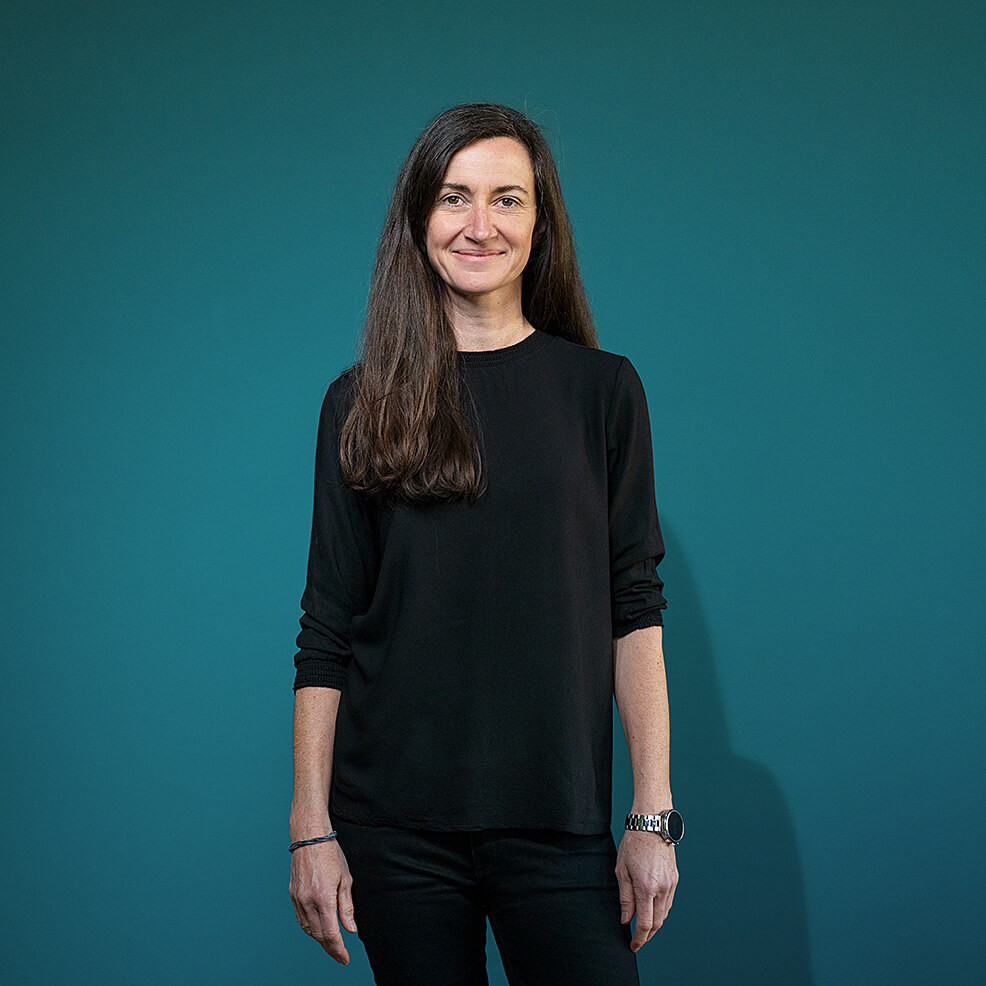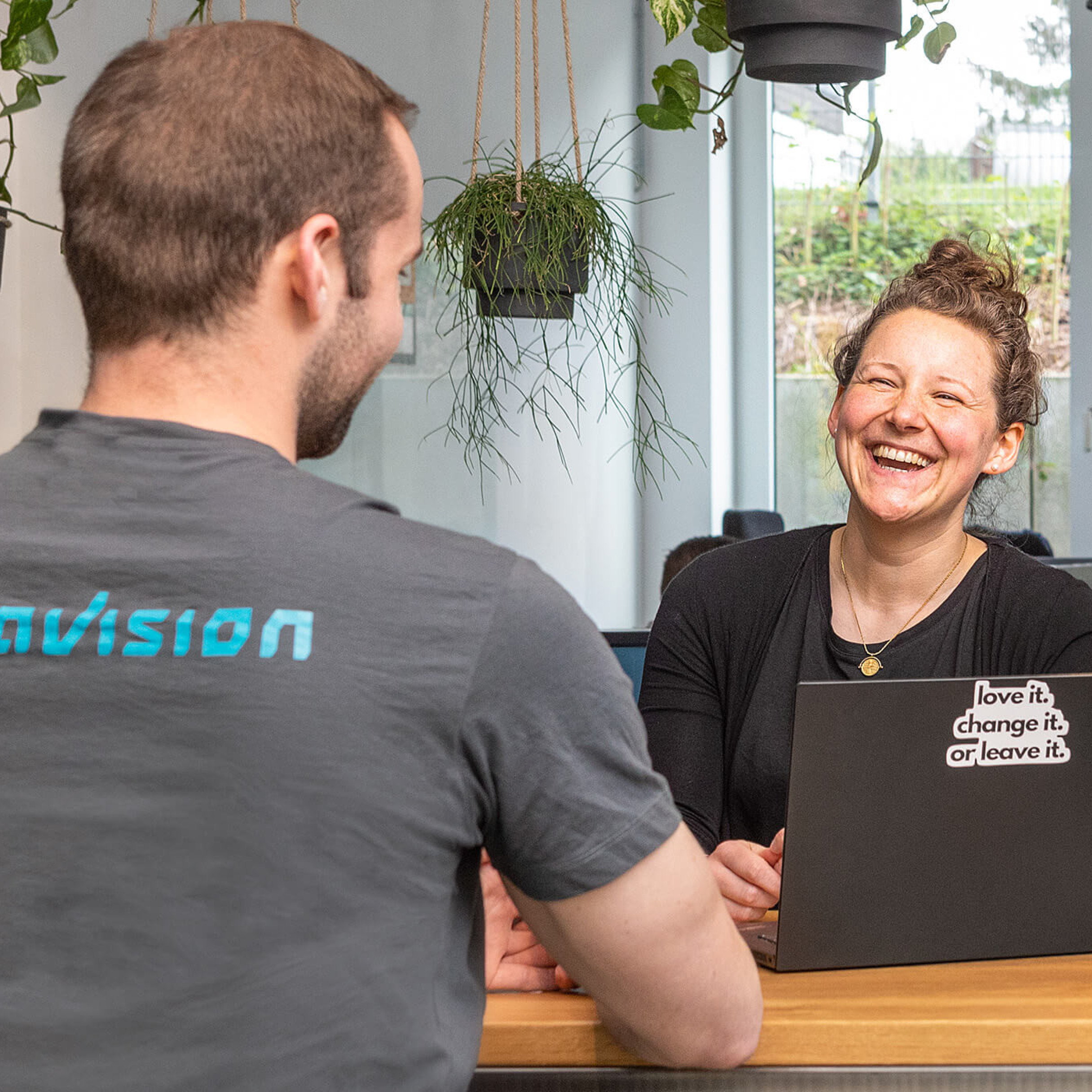New charging technology enables a range of 400 km after 15 minutes of charging

As part of the research project “Continuous fast-charging concept for electric vehicles”, the cooperation partners involved developed a new charging technology and a vehicle prototype to store the energy required for a real 400 km range in just 15 minutes.
The aim of the research project “Continuous fast-charging concept for electric vehicles” (abbreviation “D-SEe”), funded by the Federal Ministry for Economic Affairs and Climate Protection, was to reduce the charging time for 400 km of real driving range to 15 minutes. The participating cooperation partners Bochum University of Applied Sciences, hofer powertrain, innolectric, Keysight Technologies, Sensor-Technik Wiedemann (STW) and Voltavision have spent four and a half years of research analyzing and optimizing the entire energy flow chain from the power grid to the charging electronics and the charging cable to the vehicle battery. The result is a fast charging station with 450 kW charging power and a prototype vehicle suitable for reproducibility, which together are able to charge the vehicle battery with the energy required to drive 400 km in just 15 minutes.
State of the art and project objective
For a range of 400 km and the 88 kWh usually required for this, the charging process at charging stations with an output of 50 kW takes more than one and a half hours. Porsche's Taycan 4S, which can charge at an average of just under 170 kW between 0 and 80% charge level, is already faster. As a maximum of 150 kW of this power is actually stored in the battery, the Taycan would need at least 35 minutes to charge 88 kWh - if its battery were large enough. “The challenge of the research project was to further optimize this charging performance and to modify and further develop the electronic components, charging cable technology and vehicle battery that were currently available on the market,” says Prof. Kai André Böhm, professor at Esslingen University and project manager of the ‘D-SEe’ research project. Every component used had to meet the high project requirements and was therefore subjected to the most precise tests in terms of efficiency, costs, comfort and service life. Existing norms and standards also had to be taken into account, such as the standard-compliant implementation of DIN SPEC 70121, which defines the basic principles of DC fast charging.
Research and development work
Böhm describes the fact that all companies have been active in the field of electromobility for years and were able to contribute their in-depth expertise to the research project as a clear advantage. If the components currently available on the market were not suitable for the project implementation, the focus was on in-house product development. The Bochum-based company innolectric, for example, developed a new standard-compliant charging communication system specifically for the fast charging process with the DC Charging Controller.
Keysight Technologies designed new advanced power electronics for the fast charging process, which, thanks to the SiC technology used, enables very high outputs of up to 450 kW reliably and over longer periods of time. Thanks to this technology, the prototype vehicle from Bochum University of Applied Sciences can be supplied with around 400 kW of power at 460 A and up to 900 V. This would overload a normal vehicle with a standard vehicle battery by a factor of four, as the power loss in the battery increases approximately quadratically with the charging current. hofer powertrain and Bochum University of Applied Sciences developed the appropriate battery type for this. The aim was for the vehicle battery to have an optimum power-to-energy ratio, thus enabling an efficient compromise between heat generation, service life and range. The various cell formats that made it onto the shortlist were tested by the high-voltage testing service provider Voltavision. The standardized and automated test procedures were repeatedly modified as part of the research project and in some cases newly developed by Voltavision. The final battery prototype now boasts cells with a P/E ratio of 3.5 and an energy density of 210 Wh/kg. The new high-power prototype battery with Li-Io technology has a voltage of 645-903 V and can hold around 128 kWh. Various strategies for the actual charging process were also tested by hofer powertrain and employees of Bochum University of Applied Sciences. The selection of the cells allows a charging process with a constant current of 460 A due to the optimal P/E for the fast charging process. There was no need for an elaborate cooling concept, as the battery temperature only rises by 26 °C during the fast charging process. The appropriate Battery Management System (BMS), which enables the high voltages and maximum charging power, was implemented by Sensor-Technik Wiedemann (STW).
Result
“We are delighted that we were ultimately able to exceed our targets over the four and a half years of the project,” explained Kai André Böhm at the final presentation of the research project at Voltavision in Bochum, ”because with an average discharging power of 70 kW and a discharging energy of 90.3 kWh, we achieved an overall efficiency of 92%.” In addition, all participating companies benefit from the research and development work carried out as part of the project. The development of new test procedures, high-end charging electronics and a new communication module, in addition to a real 410 km range (WLTP: 564 km) at 88+ kWh and 15 minutes charging time, are interesting project results that will influence the development of eMobility. “I assume that this fast-charging technology will be found in cars in the future,” answers Christoph Dörlemann from Keysight Technologies when asked to what extent series production is conceivable.
Online presentations on the research project
Interested parties can register for the free webinar “Research project D-SE-e: New charging technology enables 400 km range after 15 min charging time”. The speaker is Prof. Dr.-Ing. Kai André Böhm, Professor at Esslingen University of Applied Sciences. The dates are 16.02. from 10:00 to 11:30 and 30.03. from 14:00 to 15:30.
Further information will be published at www.dsee-project.com.
Would you like to find out more about the D-SEe project?
Or would you like to report on this in your (trade) magazine? Then I look forward to hearing from you.
Katrin Ruff










